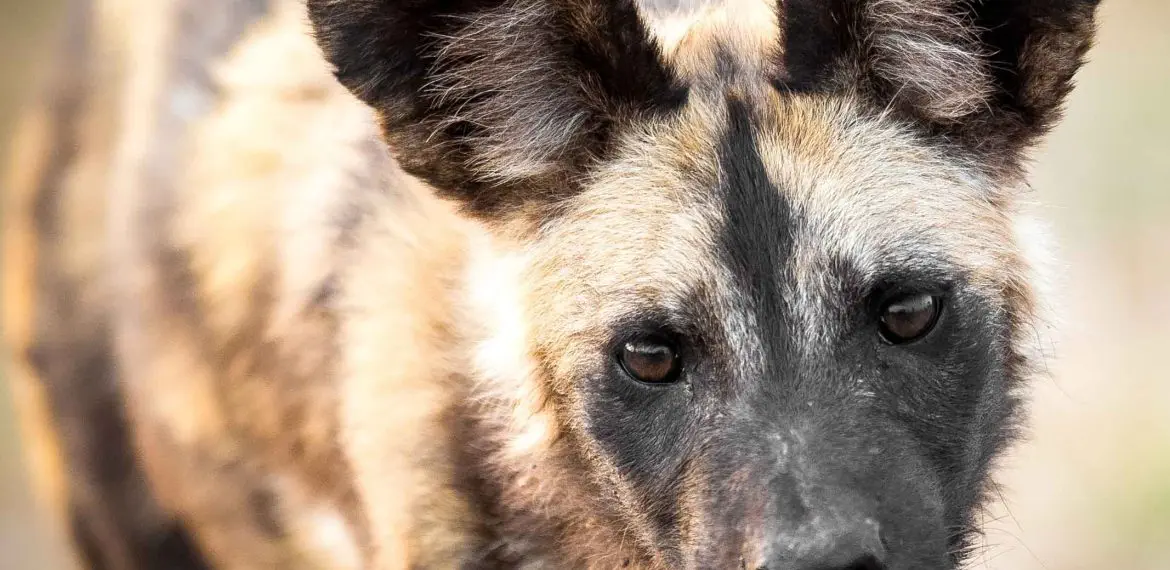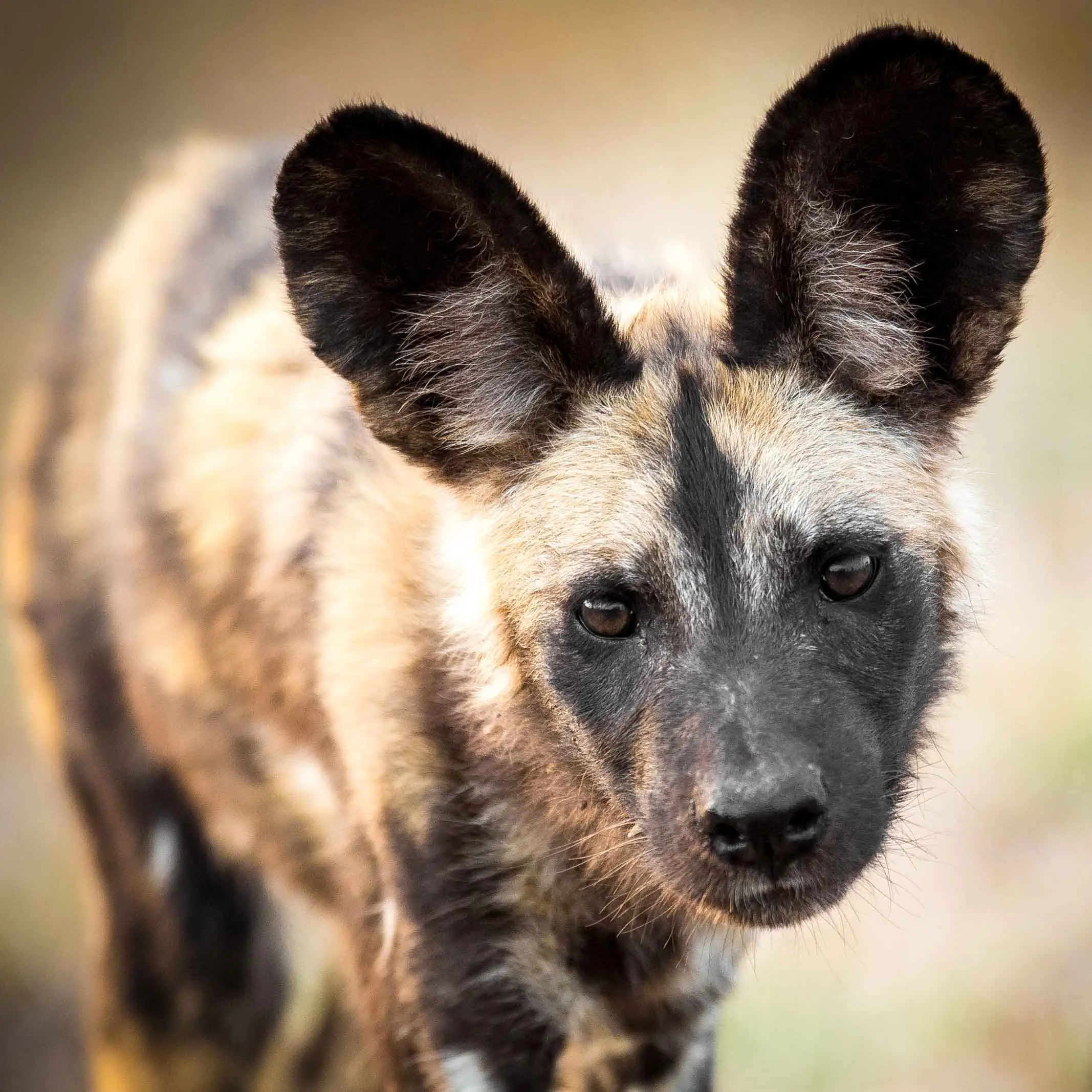
A closer Look at the African Wild Dog on World Wild Dog Day
A closer Look at the African Wild Dog on World Wild Dog Day
A closer Look at the African Wild Dog on World Wild Dog Day
26 August marks World Wild Dog Day. This day is dedicated to raising awareness about African wild dogs and the threats they face in the wild. The day also focuses on educating people about their importance in the ecosystem and the urgent need for their conservation. South Africa has a wild dog population of under 650.

Here are some facts about Wild Dogs:
Scientific Name: The African wild dog’s scientific name is *Lycaon pictus, which means “painted wolf.” Their fur features a unique mix of black, white, brown, and yellow patches.
Population: The largest populations remain in southern Africa and the southern part of East Africa (especially Tanzania and northern Mozambique).
Breeding: African Wild Dogs typically breed only once a year, with mating usually taking place in March/April, with a gestation period of approximately 75 days.
Caring for the Pack: Wild dogs are known for their altruistic behavior. After a hunt, they regurgitate food for the pups and other members of the pack who stayed behind.
Highly Social: Wild dogs live in highly social packs typically consisting of six to twenty members. They exhibit strong bonds and work together to hunt and care for pups.
Packs led by a Dominant Pair: The social structure is hierarchical, with a dominant breeding pair leading the pack. Only the alpha pair usually breeds, while the rest help care for the pups.
Efficient Communication: Wild dogs use a range of vocalizations, body language, and scent marking to communicate. They can even use distinct vocal calls to rally the pack for hunting or defend territory.
Endangered Species: The African wild dog is one of the most endangered carnivores in Africa, with fewer than 6,000 remaining in the wild. Their decline is due to habitat loss, human conflict, and disease.
Nomadic Lifestyle: Unlike many other carnivores, wild dogs are highly nomadic and can travel vast distances, sometimes covering more than 50 km in a single day.
Unique Toe Structure: African wild dogs have only four toes on each foot, unlike domestic dogs and other canines, which have five. This adaptation helps them run efficiently.











